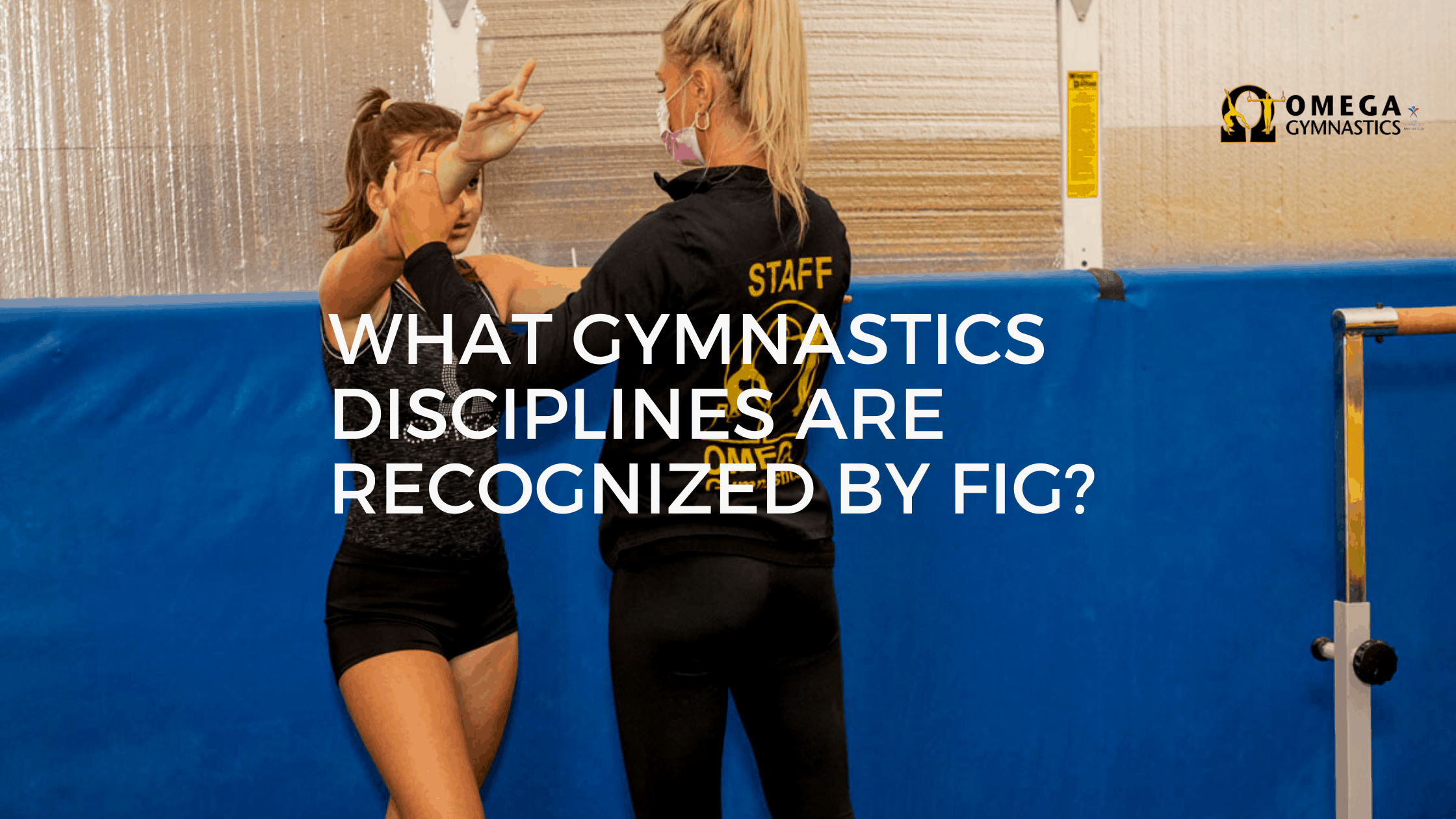Gymnastics is an ancient sport that has existed for thousands of years. As such, it’s no surprise that it has evolved over time and given birth to so many different forms. But while there are many gymnastics disciplines out there, only a few are acknowledged by the International Gymnastics Federation (FIG), the organization that regulates competitive gymnastics. We list here the gymnastics disciplines recognized by FIG.
Gymnastics for All
Gymnastics for All (GfA) follows the original philosophy of FIG founder Nicolaas Cuperus. He believed that gymnastics is meant to be enjoyed by all, regardless of age, gender, race, religion, and capability. It has four central tenets: Fun, Fitness, Fundamentals, and Friendship. Unlike the other FIG-recognized gymnastics disciplines, GfA is non-competitive. Moreover, it emphasizes creativity in group performances.
Artistic Gymnastics
Artistic gymnastics is perhaps the most popular of the gymnastics disciplines. Highly competitive, it celebrates the gymnast’s strength, flexibility, agility, and artistry. The discipline has two divisions—women’s and men’s.
Women’s artistic gymnastics has four events, namely floor exercises, uneven bars, vault, and balance beam. On the other hand, men’s artistic gymnastics has six: floor exercises, pommel horse, vault, still rings, parallel bars, and horizontal bars.
Rhythmic Gymnastics
Rhythmic gymnastics is often seen as a cross between sport and art. Greatly influenced by ballet and modern dance, the discipline requires its athletes to show their agility and flexibility to music. They perform complicated, dance-like maneuvers using four apparatuses—ropes, ribbons, clubs, and hoops.
Trampoline Gymnastics
In trampoline gymnastics, the gymnast performs acrobatic routines using a trampoline. It’s as close as any person could get to flying without wings or machines. But no matter how high they jump, the gymnast must always start and land on their feet. This discipline has four events: individual, synchronized, tumbling, and double-mini.
Acrobatic Gymnastics
Acrobatic gymnastics focuses on creativity and originality. It’s a group discipline where athletes perform choreographed routines in pairs, trios, or larger groups. The exercises are always set to music. They often feature complex stunts like somersaults, mid-air twists, and human pyramid formations.
Aerobic Gymnastics
Aerobic gymnastics, also known as sports aerobics, emphasizes the athlete’s strength, flexibility, and fitness rather than their ability to do balancing skills or acrobatic maneuvers. Whether performed individually or as a group, aerobic gymnastics routines always involve continuous movement set to music.
Parkour
Parkour is the newest of the gymnastics disciplines that FIG recognizes. It’s loosely defined as the art of getting from one point to another as quickly and efficiently as possible. Parkour arenas are often designed to mimic urban environments and feature obstacles like blocks, bars, and walls. Here, athletes score either by their speed or their creativity in passing through these obstacles.
These are just the gymnastics disciplines that FIG acknowledges and regulates. There are more out there. This only shows there’s more than one way to do gymnastics. These disciplines make the sport so much more exciting.
OMEGA’s recreational program features classes that fuse different gymnastics disciplines. Check out our program page to learn more.









































